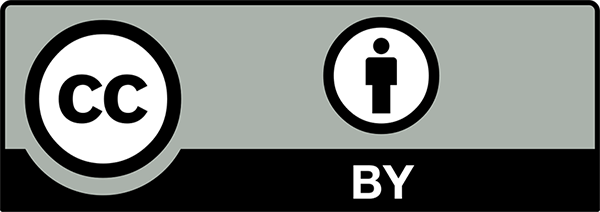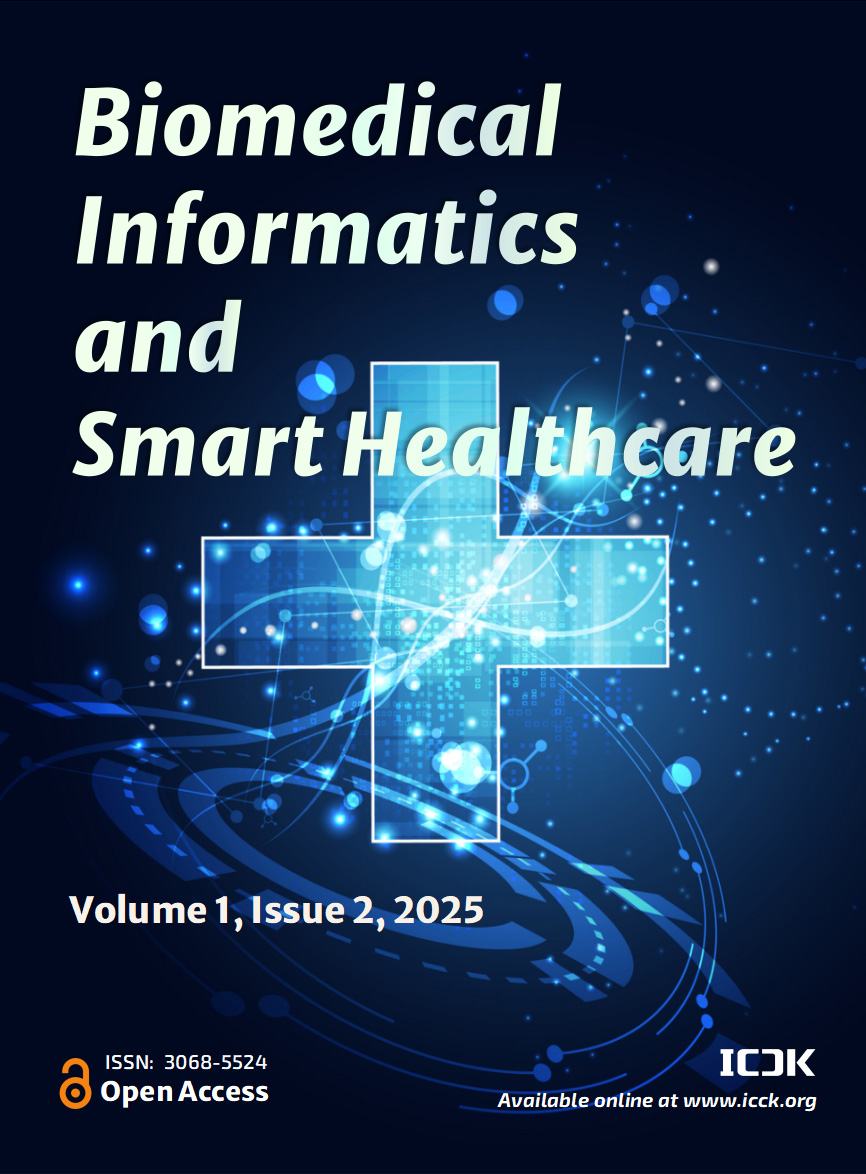Abstract
Low Dose Computed Tomography (LDCT) scan is modern medical imaging diagnostic technique that provides a detailed projection of internal human body tissue level structures. Even though the LDCT image quality is compromised by Gaussian-noise, which can be generated during image acquisition, this compromises the accurate diagnostic precision. The effective denoising is required to improve image quality in LDCT images. This study demonstrates that the Discrete Wavelet Transform(DWT) method shows better results, both quantitatively and visually, under varying noise intensities ($\sigma=10,20,30,$ and $40$). The DWT method decomposes the image to multiresolution subbands (approximation, and detail) to provide localized analysis of structural patterns. The thresholding method is applied to the detail (noisy) coefficients and then reconstructs the refined image from these denoised coefficients. The DWT method achieved superior noise suppression while preserving edge information. The quantitative analysis among various methods, including PCA, MSVD, DCT, and DWT, consistently shows superior results, achieving a higher PSNR of $33.85$ dB, SNR of $28.50$ dB, and SSIM of $0.7194$ at a noise level $\sigma =10$. Among all denoising methods, the DWT is a powerful and consistent method in image processing to enhance image quality in LDCT images.
Data Availability Statement
Data will be made available on request.
Funding
This work was supported without any funding.
Conflicts of Interest
The authors declare no conflicts of interest.
Ethical Approval and Consent to Participate
Not applicable. This study is based on a publicly available dataset (SARS-CoV-2 CT-scan dataset) and does not involve any new collection of human or animal data, patient interactions, or ethical interventions requiring approval from an institutional review board.
Cite This Article
APA Style
Katta, S., & Garg, D. (2025). CT Image Denoising using Discrete Wavelet Transform. Biomedical Informatics and Smart Healthcare, 1(2), 44–51. https://doi.org/10.62762/BISH.2025.874472
Publisher's Note
ICCK stays neutral with regard to jurisdictional claims in published maps and institutional affiliations.
Rights and Permissions

Copyright © 2025 by the Author(s). Published by Institute of Central Computation and Knowledge. This article is an open access article distributed under the terms and conditions of the Creative Commons Attribution (CC BY) license (
https://creativecommons.org/licenses/by/4.0/), which permits use, sharing, adaptation, distribution and reproduction in any medium or format, as long as you give appropriate credit to the original author(s) and the source, provide a link to the Creative Commons licence, and indicate if changes were made.


 Submit Manuscript
Edit a Special Issue
Submit Manuscript
Edit a Special Issue

 Copyright © 2025 by the Author(s). Published by Institute of Central Computation and Knowledge. This article is an open access article distributed under the terms and conditions of the Creative Commons Attribution (CC BY) license (https://creativecommons.org/licenses/by/4.0/), which permits use, sharing, adaptation, distribution and reproduction in any medium or format, as long as you give appropriate credit to the original author(s) and the source, provide a link to the Creative Commons licence, and indicate if changes were made.
Copyright © 2025 by the Author(s). Published by Institute of Central Computation and Knowledge. This article is an open access article distributed under the terms and conditions of the Creative Commons Attribution (CC BY) license (https://creativecommons.org/licenses/by/4.0/), which permits use, sharing, adaptation, distribution and reproduction in any medium or format, as long as you give appropriate credit to the original author(s) and the source, provide a link to the Creative Commons licence, and indicate if changes were made. 